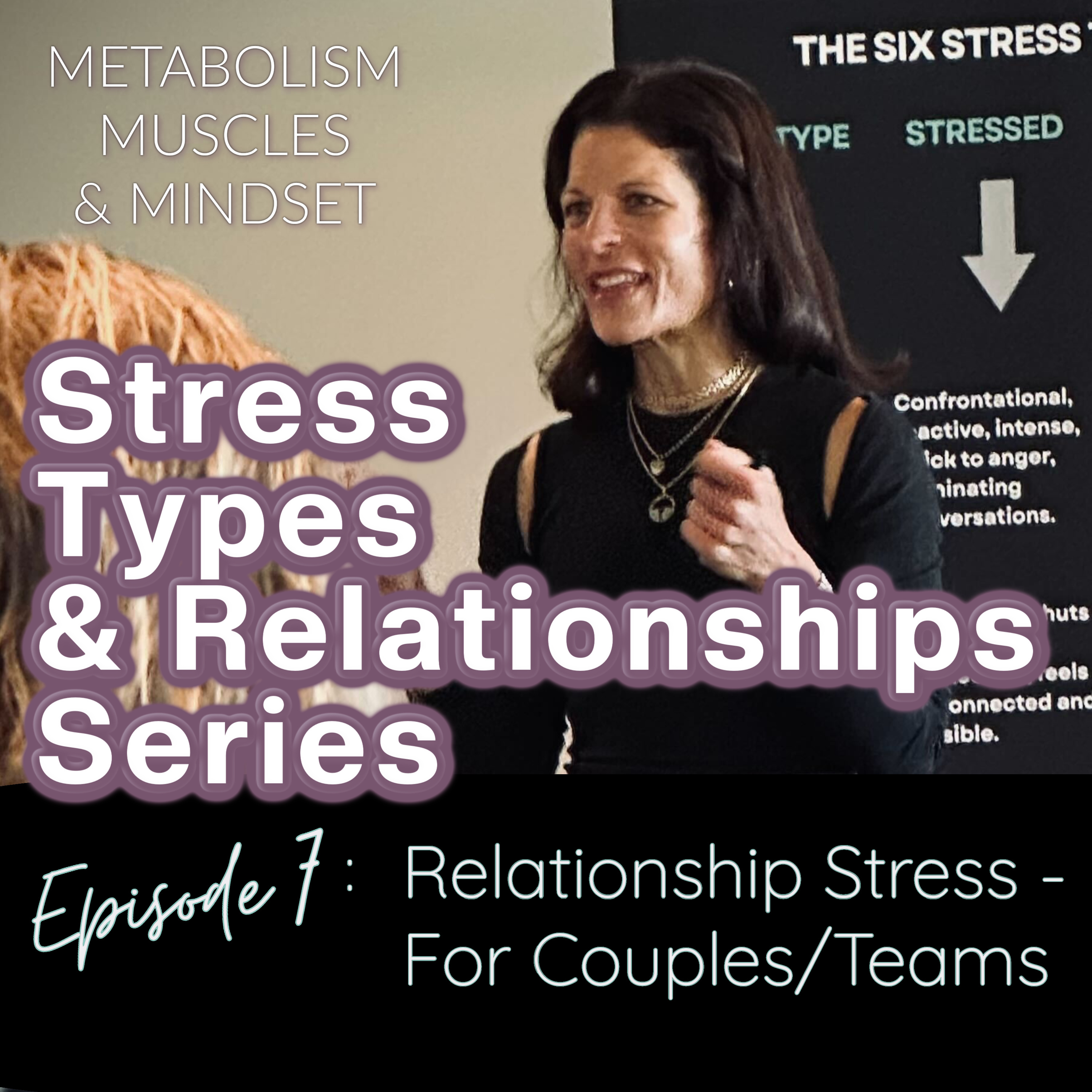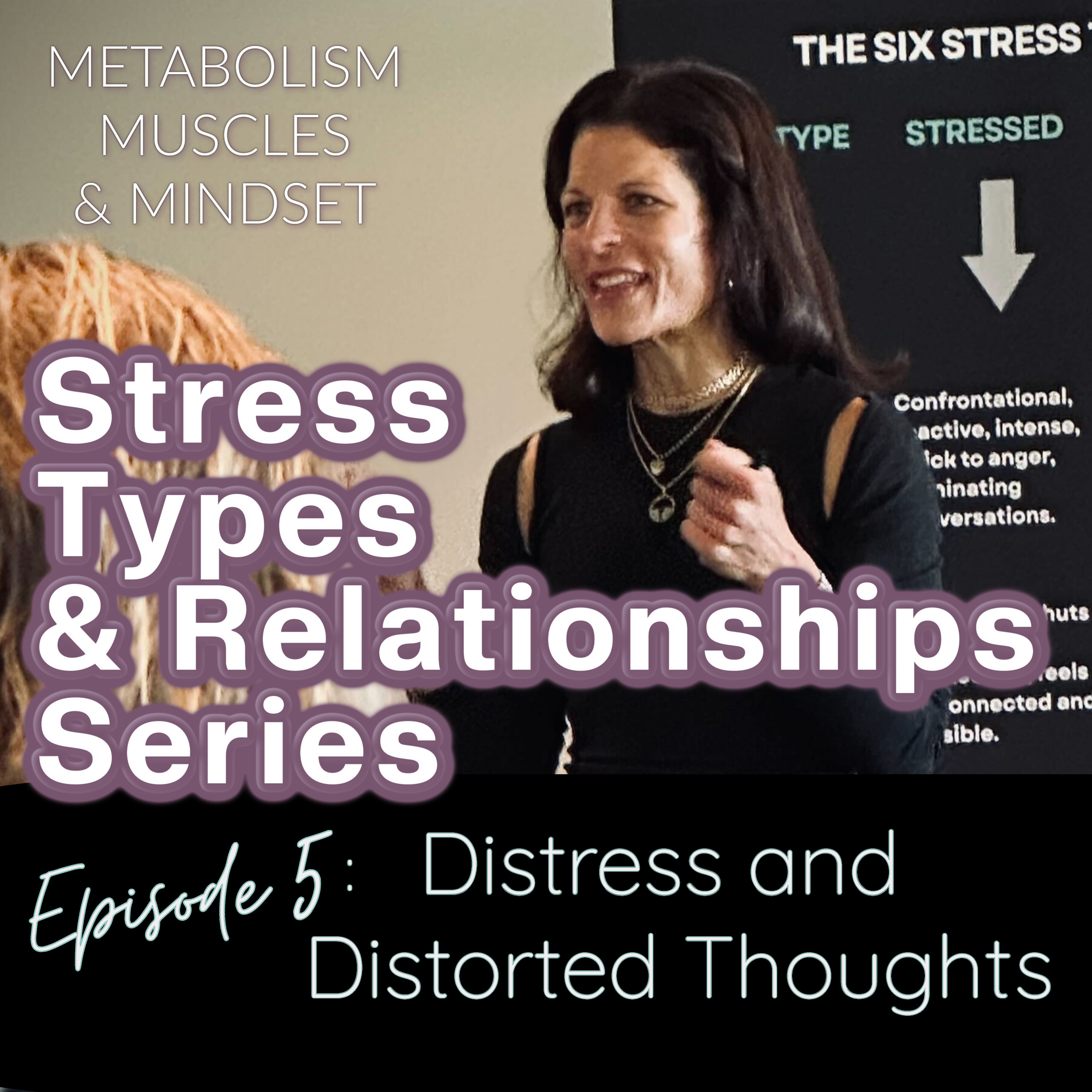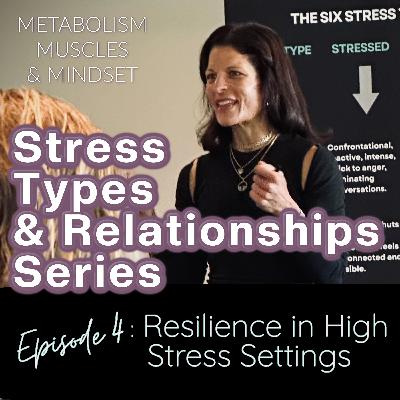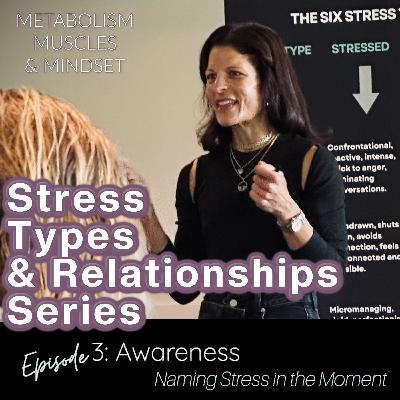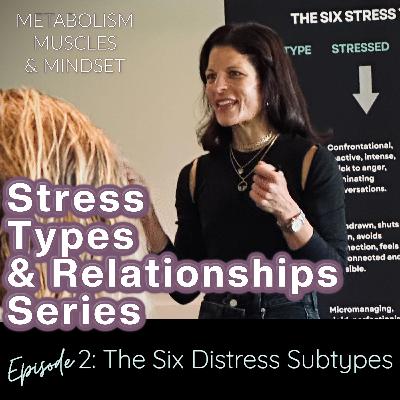237: The Somatic Stress Scale Explained
Description
Episode II of The Stress Series: The Somatic Stress Scale Explained - How to Identify and Manage Your Stress
Hello, everyone! It's fantastic to be back this week as we dive into the next part of our series on stress. In our first episode, we explored the physiological response to stress and discussed how stress itself isn't inherently bad. However, too much stress can lead to negative physiological responses. Today, we're going to delve deeper into managing stress by introducing a powerful tool: the stress scale.
In this episode, Dr. Ali Novitsky, obesity medicine expert and exercise guru, guides listeners through the concept of the stress scale, a tool inspired by Dialectical Behavioral Therapy (DBT). This episode explores how this scale can help identify and manage stress levels effectively. With the stress scale, it's not just about numbers; it’s about recognizing the unique symptoms experienced at various stress levels and using that awareness to improve interpersonal relationships and overall well-being.
To illustrate the impact of stress on daily life, Dr. Novitsky shares a personal story about her dog, whose schedule gets thrown off after boarding. This leads to early morning wake-ups and disrupted sleep, contributing to increased stress levels for Dr. Novitsky herself. This relatable story highlights how seemingly small, everyday events can impact our stress scale and overall state of well-being.
The stress scale ranges from 1 to 10, with 1 being the lowest level of stress and 10 the highest. Here’s a quick look at each level:
- 1: Complete relaxation, like a sun-induced doze on a beach.
- 2: Rested state with mild thoughts and feelings, without significant decisions.
- 3: Awareness and light social interaction, maybe a casual conversation.
- 4: Decision-making and more body movement, actively engaged.
- 5: Potential conflict with noticeable fidgeting and body movements.
- 6: Sarcasm, signaling a desire to disengage socially.
- 7: Physiological symptoms like a higher heart rate and faster breathing.
- 8: Reactivity with out-of-proportion responses to minor triggers.
- 9: Isolation and complete avoidance of social interactions.
- 10: Extreme stress, leading to yelling and strong emotional expression.
Creating a personalized somatic stress scale requires time and mindfulness. Involving a partner can make this process even more insightful, as they can observe and help identify behaviors that may go unnoticed.
Timestamps:
00:00:55 - Introducing the Stress Scale
00:01:48 - Personal Story: Dog Boarding and Sleep Disruption
00:03:35 - Sleep and Stress Levels
00:04:51 - Creating Your Personal Stress Scale
00:06:37 - Examples of Symptoms at Different Stress Levels
00:11:02 - Understanding Higher Stress Levels
00:16:21 - Daily Maintenance Techniques for Stress Management
00:17:03 - Aligning Goals with Stress Levels/Upcoming Topics
Resources:
The Muscles & Mindset Beginner Strength Training Program - 12 months for only $199! Enroll TODAY.
Nutrition Training Program for Healthcare Professionals is enrolling now! You can learn more HERE.
Dr. Ali's Advanced Strength Training program is now available for exercises at a higher level. See the details HERE.
Optimal GLP-1 Weight Loss Program - next program starts November, 2024. Learn more and join the waitlist HERE.
Transform® 9.0 enrollment is now open! Get started with your bonus content today. Learn more HERE.
Follow Dr. Ali Novitsky on TikTok | Facebook | Instagram | YouTube
Subscribe to The Metabolism, Muscles, and Mindset Podcast on Spotify | Apple Podcasts
*Ali Novitsky MD, this podcast, and podcast write-up are NOT providing medical advice. We do not recommend you start any exercise program without first consulting with your doctor!*


